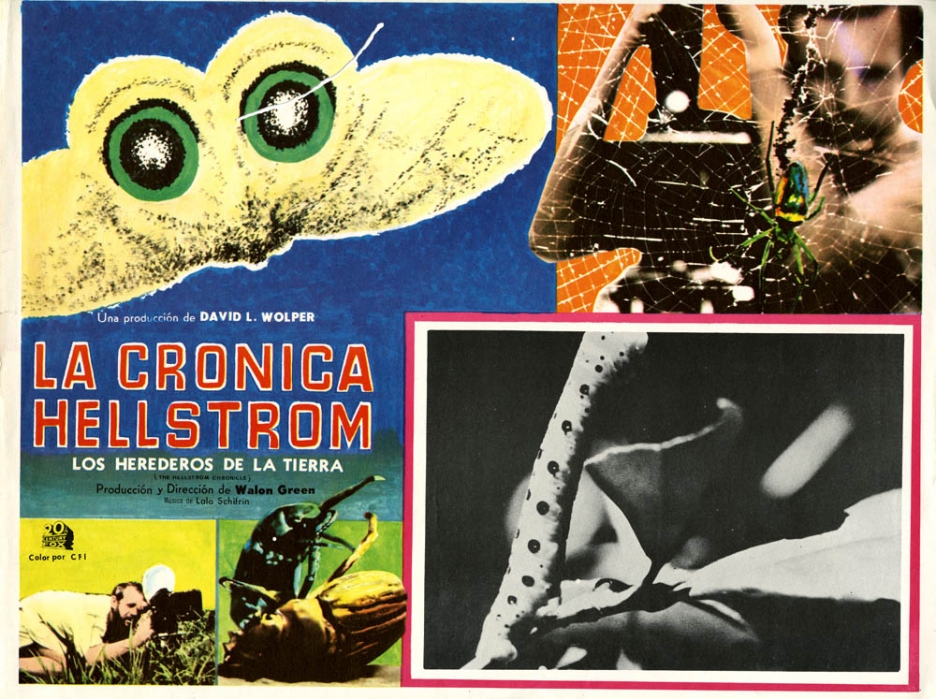
The Oscars are coming up, and few who saw the film will likely be surprised that The Act of Killing has been nominated for Best Documentary Feature. The film depicts the Indonesian genocide of the 1960s but, rather than focus on the victims, follows the murderers themselves.
“I looked at it and immediately knew I had never seen anything like it,” German director Werner Herzog said of the film in an interview with VICE. “I had never seen anything as powerful and as frightening and as surreal as what was on the screen, and I said this is big, this is truly big.”
It is indeed frightening and surreal, as are a number of other films that have won Best Documentary over the years. Like The Act of Killing, they involve killing and death, although not necessarily the conventional kind.
Other Great Reads: “The Act of Killing” Shatters the Boundaries of Documentary Film
Moscow Strikes Back, 1942 – In June 1941 German troops invaded the Soviet Union and raced forward with armored units for Moscow, leaving a tremendous wake of destruction and arriving just outside the city by early December. But a fierce Soviet resistance and brutal cold drove the Germans back. Losses on all sides were horrendous, though the fight was a brilliant moment of spirit for the Soviets, and astonishingly, it was all captured on film by an ardent band of documentarians.
“The shooting was very heavy,” co-director Ilya Kopalin later recounted. “Thirty-degree frost. Freezing and clogged with the snow mechanism of a movie camera, numbed hands refused to act. There were times when in the car, which returned from the front, lay the body of our dead comrade and broken equipment.”
Reads a chilling New York Times review from August 17, 1942:
Here are the littered vehicles and cannon and tanks of the German retreat…The savagery of that retreat is a spectacle to stun the mind. The villages are not villages but charred honeycombs of little low walls that once were houses, schools, or even cathedrals. But infinitely more terrible are the charnel heaps of twisted grotesques that no longer resemble human beings, the naked and slaughtered children stretched out in ghastly rows, the youths dangling limply in the cold from gallows that were rickety but strong enough. Among them wander the living mothers, their faces set in friezes of grief, and sometimes a Red Army soldier gazing on the broken bodies with a silence like flame.
There were 25 nominees for Best Documentary Feature in 1942, and Moscow Strikes Back was one of four winners. The entire movie is actually on YouTube but seems to be impossible to view. If anyone knows how to obtain a copy, please let me know!
White Wilderness, 1958 – This infamous Walt Disney film propagated the myth of mass lemming suicide. The scene in question features hundreds of lemmings jumping from a cliff into the ocean. We are told it is the Arctic Ocean and the narrator states that the lemmings are attempting to complete their migration. In 1982, the investigative Canadian news program The Fifth Estate broadcast a documentary about animal cruelty in Hollywood that focused on White Wilderness. Host Bob McKeown discovered that the lemmings did not voluntarily jump into the river but were pushed in by a rotating platform installed by the film crew. He also interviewed a lemming expert who claimed that the particular species of lemming shown in the film is not known to migrate, much less commit mass suicide. When McKeown confronted Marlin Perkins, a famous zoologist who was involved with the film about the incident Perkins, then in his seventies, asked for the camera to be turned off. He then punched McKeown in the face.
Other Great Reads: How to deal with the death of a pet
The Hellstrom Chronicle, 1971 – The film has a fictitious narrator named Dr. Nils Hellstrom, who believes insects will ultimately win the fight for survival on planet Earth because of their adaptability and ability to reproduce rapidly. There are amazing camera sequences of butterflies, locusts, wasps, termites, ants and mayflies. In order to obtain a high-speed shot of a bee the crew first knocked one out with carbon dioxide and put an invisible harness fashioned from black widow web threads on it. And to get the footfall sounds of beetles marching they put mics on leaves.
“You can watch ants dismember each other to free jazz,” raved a 2012 review for the film in Grantland. The article traces the curious and often overlooked history of the making of the film: While pursuing tips about the whereabouts of former Nazi officials in Paraguay, producer Walon Green arouses the suspicion of his sources and is forced to flee via crop duster to Brazil where he meets a German entomologist who takes him bug-hunting and explains that insects will outlast man.
Apparently, Quaker Oats was initially going to sponsor the film, but backed out fearing that their brand would get overly associated with insects.









